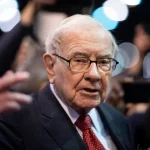Head to your local VW dealership and you’ll have so many well-known Volkswagen vehicles to choose from covering a variety of tastes and suiting an abundance of needs, including the Polo, Golf and Passat to name just a few iconic models.
However, you may not realise that the Group also owns seven other famous car brands — join us as we explore just how large the Volkswagen Group is in the motoring world…
Audi
You must go all the way back to 1965 for the date when Audi became a part of the Volkswagen Group. It was then that Volkswagen completed the acquisition of Auto Union GmbH from Daimler-Benz, with this subsidiary responsible for producing the first Audi vehicles since the end of the Second World War.
Audi is now among the leading premium brands across the globe and has operations in more than 100 markets worldwide. The German manufacturer is also capturing plenty of attention with its revolutionary technology — piloted driving, electromobility and an Audi AI setup are just a few ways that the brand is helping to shape the future of driving.
Year of foundation: 1909
Number of employees: 90,705
Number of models (in the UK): 65
2017 sales: 174,982
Market share in 2017: 6.89%
Bentley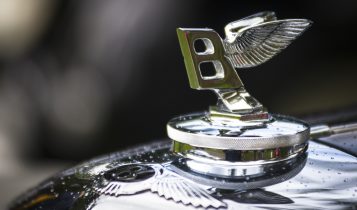
Bentley has been associated with the Volkswagen Group since 1998, though the partnership is a bit more complicated than that.
This is because back in 1997, then Bentley owner Vickers announced that it was putting Rolls-Royce Motors up for sale. BMW came in with an offer of £340 million for the company — not too big of a surprise considering that BMW had been supplying Bentley and Rolls-Royce with engines and other components, as well as the fact that BMW and Vickers both had experience building aircraft engines.
However, Volkswagen managed to outbid BMW by offering Vickers £430 million. Even with the deal going through, Volkswagen didn’t have ownership of everything. They had the production and administrative facilities, the model nameplates, the vehicle designs and both the Spirit of Ecstasy and Rolls-Royce grille shape trademarks — but they didn’t have the Rolls-Royce name or logo, which remained in ownership of Rolls-Royce Holdings.
During 1998, the situation got even more complicated. BMW began to supply components for new Bentley and Rolls-Royce cars in that year, as well as paid £40 million to Rolls-Royce so that they could licence the Rolls-Royce name and logo. After plenty of battling and negotiating, an agreement was made for BMW to continue with their deal to supply engines and components. Meanwhile, Volkswagen gained access to the rights of both the names and logos.
On January 1st 2003 though, the deal changed again. This is when Volkswagen officially became the sole provider of cars that were under the Bentley marque — BMW were presented with Rolls-Royce at the same time.
Year of foundation: 1919
Number of employees: 4,332
Number of models (in the UK): 18
2017 sales: 1,753
Market share in 2017: 0.07%
Bugatti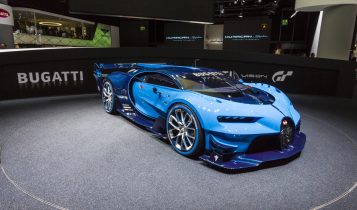
Bugatti has produced some of the world’s most fascinating cars over the past 100 years or so, with the brand’s founder Ettore Bugatti and his son Jean both always having the ambition to achieve the perfect synthesis of art and technology in everything they created.
The partnership between the Volkswagen Group and Bugatti began in 1998, when Volkswagen bought the rights to produce cars which were under the Bugatti marque.
However, it wasn’t until the year 2000 that Volkswagen took the official steps to incorporate Bugatti Automobiles into its Group. Around the same time, the Group also bought the former guest house of Ettore Bugatti — based in Dorlisheim — and transformed it into the company’s headquarters.
Year of foundation: 1909
Number of employees: 302
Number of models (in the UK): 1
2017 sales: N/A
Market share in 2017: N/A
Lamborghini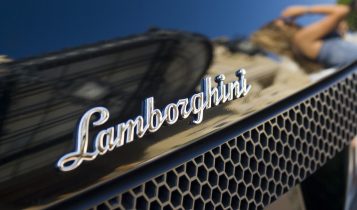
The Volkswagen Group certainly was busy in 1998. As well as beginning their partnerships with Bentley and Bugatti during that year, the German company also set their sights on adding Lamborghini to their impressive portfolio of acquisitions.
A world-renowned manufacturer of super sports cars which catch the eye with their unique designs and leave bystanders in awe with phenomenal levels of power, Lamborghini had gone into 1998 owned by holding company MegaTech — a firm who themselves were owned by Indonesian conglomerate SEDRCO pty.
A financial crisis would impact a lot of Asia during this year though, with one repercussion being that Lamborghini had to seek a change in ownership. The new chairman of Volkswagen at the time, Ferdinand Piëch, stepped up and bought Lamborghini for an estimated $110million.
Following the acquisition, Lamborghini was restructured into the holding company Lamborghini Holding S.p.A and provided with stability after a tough few months.
Year of foundation: 1963
Number of employees: 1,606
Number of models (in the UK): 8
2017 sales: N/A
Market share in 2017: N/A
Porsche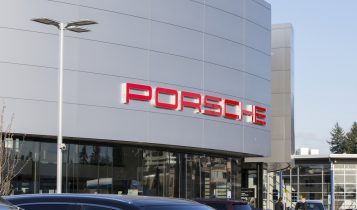
Porsche is the most recent car brand to become a part of the Volkswagen Group, though it did take a few years for Volkswagen to become the parent company of the highly successful German sports car manufacturer.
In the closing weeks of 2009, the Volkswagen Group took its first step towards an ‘integrated automotive group’ approach with Porsche when they successful purchased a 49.9 per cent stake in Porsche AG. By 2011, a merger between the two companies was scheduled to occur. Unfortunately, unquantifiable legal risks meant that an announcement had to be made stating that the merger was not possible.
The very next year though, Volkswagen made an announcement that they were in the process of buying the remaining half of the shares in Porsche for a deal priced at €4.46 billion. This remaining stake in Porsche was officially made by the Volkswagen Group in August 2012.
Year of foundation: 1931
Number of employees: 27,352
Number of models (in the UK): 37
2017 sales: 14,051
Market share in 2017: 0.55%
SEAT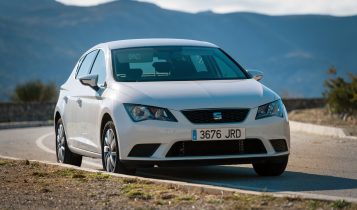
The Volkswagen Group’s ties with well-known Spanish manufacturer SEAT stands out as the co-operation agreement between the two companies represented the first time that Volkswagen made strides to expand outside of its home country of Germany.
This co-operation agreement was signed in September 1982, with the rest of the 1980s seeing plenty more activity between the pair of firms. In June 1986, for instance, Volkswagen successfully acquired a 51 per cent controlling stake in SEAT — a monumental moment in the motoring industry as it meant SEAT became the Volkswagen Group’s first non-German subsidiary — before increasing its stake to 75 per cent in December 1986 to become SEAT’s major shareholder.
In 1990, the Volkswagen Group rang in a new decade by purchasing the entire equity of SEAT. This was a move that saw the German company take full ownership of the Spanish manufacturer and resulted in SEAT being made a whole subsidiary of Volkswagen.
Year of foundation: 1950
Number of employees: 14,716
Number of models (in the UK): 24
2017 sales: 56,130
Market share in 2017: 2.21%
ŠKODA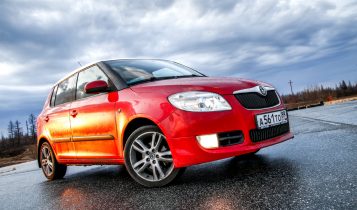
ŠKODA So far, we’ve covered how the Volkswagen Group began associations with Bentley, Bugatti and Lamborghini in the 1990s, as well as taking full ownership of SEAT in 1990. However, the 90s was also the decade where you can trace the origins of the partnership between the Volkswagen Group and ŠKODA.
A joint venture partnership agreement was made between Volkswagen and ŠKODA in 1991, with part of this seeing the German manufacturer gaining a 30 per cent stake in the Czech car maker. The stake that Volkswagen had in ŠKODA increased in December 1994 to 60.3 per cent, before rising to 70 per cent in 1995.
As the new millennium began, the decision was made by Volkswagen to make ŠKODA a wholly owned subsidiary of the Group. With the number of deliveries made by the Czech manufacturer increasing by more than sevenfold since the partnership between them and Volkswagen began in 1991, it would be hard to argue against the pairing being a highly successful one for ŠKODA.
Year of foundation: 1895
Number of employees: 32,985
Number of models (in the UK): 27
2017 sales: 79,758
Market share in 2017: 3.14%
Concluding facts and figures
With Volkswagen themselves founded in 1937, having 200,266 employees on their books and 33 models available across the UK, not to mention achieving 208,462 sales in 2017 to record an 8.21 per cent share of the market, the following is the scale of the Volkswagen Group’s car brands combined:
Collective years of experience: 731 years
Number of employees: 372,264
Number of models (in the UK): 213
2017 sales: 535,136
Market share in 2017: 21.07%
Figures used in this article were correct as of August 2nd 2018.
Sources https://www.carmagazine.co.uk/car-news/industry-news/uk-2017-car-sales-analysis-winners-and-losers/ https://www.osv.ltd.uk/who-do-volkswagen-own/ https://www.volkswagenag.com/en/group.html






